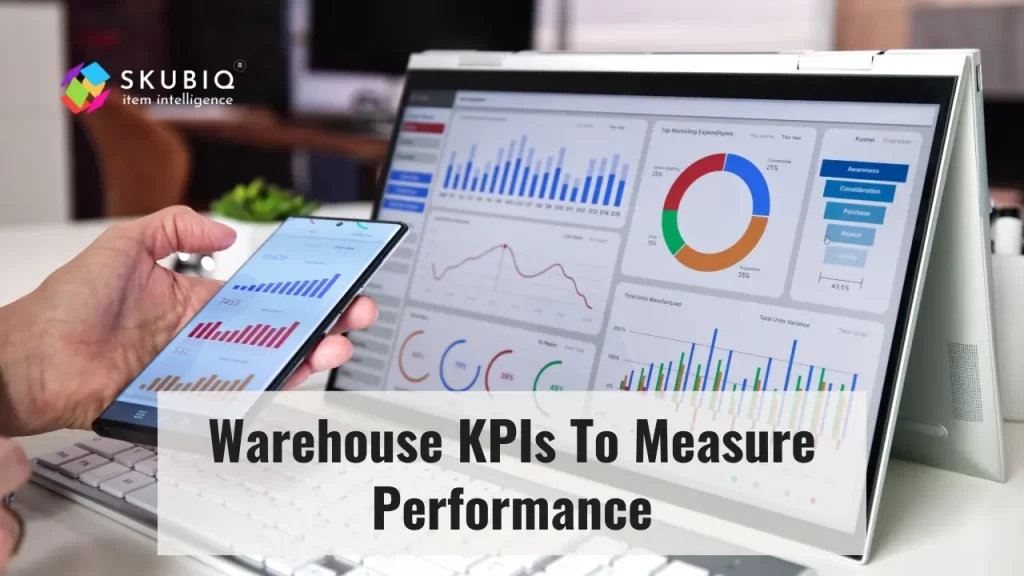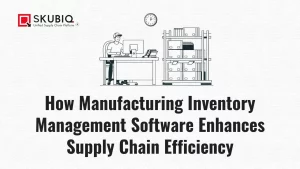In the dynamic landscape of supply chain and logistics, warehouse KPIs (Key Performance Indicators) have emerged as indispensable tools for evaluating and enhancing operational efficiency. A robust understanding of these metrics is crucial for businesses looking to optimize their warehouse management processes and achieve sustained success. This article explores the significance of key inventory management metrics and provides insights into how they can drive success in warehouse operations.
In the fast-paced world of e-commerce and global trade, effective warehouse management is a cornerstone for businesses aiming to meet customer demands efficiently. The adoption of advanced technologies and the implementation of strategic inventory management systems have become imperative for staying competitive. Among these, the role of warehouse KPIs is paramount, as they offer actionable insights into the performance of various aspects of warehouse operations.
Warehouse KPIs: A Holistic View
1. Warehouse Throughput
Warehouse throughput is a fundamental warehouse KPI that measures the rate at which goods flow through the facility. It encompasses the entire process from receiving to shipping. A high throughput rate indicates efficient operations, reducing lead times and ensuring timely order fulfillment.
2. Order Accuracy
The accuracy of orders is a critical metric in evaluating the effectiveness of a warehouse management system. Warehouse KPIs related to order accuracy measure the percentage of orders picked and shipped without errors. Ensuring order accuracy is vital for customer satisfaction and minimizing returns.
3. Inventory Turnover
Inventory management is a central component of warehouse operations. The inventory turnover metric assesses how quickly a company sells its stock within a specific period. A higher turnover rate implies efficient stock management, reducing carrying costs and potential obsolescence.
Warehouse Efficiency: Streamlining Operations
1. Pick and Pack Accuracy
Within the realm of order fulfillment, pick and pack accuracy is a key metric. It measures the precision with which items are selected from the inventory and packed for shipping. A high accuracy rate in pick and pack processes enhances overall operational efficiency.
2. Space Utilization
Optimizing space within a warehouse is crucial for cost-effective operations. This warehouse KPI evaluates how efficiently the available storage space is utilized. A well-organized warehouse with optimal space utilization contributes to smoother operations and cost savings.
3. Labor Productivity
Warehouse operations heavily rely on the efficiency of the workforce. Labor productivity as a warehouse KPI assesses the output per labor hour, providing insights into the workforce’s efficiency. Implementing training programs and utilizing technology can contribute to enhanced labor productivity.
Inventory Management Metrics: Ensuring Accuracy and Availability
1. Stockout Rate
Running out of stock can lead to missed sales opportunities and dissatisfied customers. The stockout rate is a crucial inventory management metric that measures the frequency of stockouts. Monitoring and minimizing this rate are essential for maintaining customer satisfaction and maximizing revenue.
2. Lead Time
Effective inventory management relies on understanding the time it takes to replenish stock. Lead time as an inventory management metric measures the duration from placing an order to receiving the stock. A shorter lead time enables businesses to respond swiftly to market demands.
3. ABC Analysis
Warehouse operations heavily rely on the efficiency of the workforce. Labor productivity as a warehouse KPI assesses the output per labor hour, providing insights into the workforce’s efficiency. Implementing training programs and utilizing technology can contribute to enhanced labor productivity.
Technology Integration for Optimal Performance
1. Warehouse Management System (WMS) Integration
Adopting a robust warehouse management system is pivotal for modern warehouse operations. Integrating a WMS enhances real-time visibility, order accuracy, and overall efficiency. This warehouse KPI involves the successful integration and utilization of a WMS for streamlined processes.
2. RFID Technology Implementation
The use of Radio-Frequency Identification (RFID) technology significantly improves accuracy and efficiency in warehouse operations. This technology enables real-time tracking of inventory, reducing errors in picking and packing processes. Successful RFID implementation is a critical warehouse KPI for businesses aiming to stay technologically competitive.
3. ABC Analysis
Returns are an inevitable aspect of eCommerce. An efficient returns management system is essential for maintaining customer satisfaction and minimizing losses. Companies need to establish clear policies and procedures for returns, including the seamless processing of returned items back into inventory. Data analytics can be leveraged to identify trends in returns and address root causes.
Continuous Improvement and Adaptability
1. Return Rate
Returns are an inevitable aspect of e-commerce and retail. Monitoring the return rate as a warehouse KPI provides insights into product quality, customer satisfaction, and the efficiency of reverse logistics processes. Minimizing returns contributes to overall profitability.
2. Adaptability to Demand Changes
Market dynamics and customer demands are ever-changing. The ability of a warehouse to adapt to these changes is a valuable warehouse KPI. This involves assessing how quickly the warehouse can scale operations, adjust inventory levels, and implement process changes to meet shifting demands.
Conclusion
In conclusion, understanding and leveraging warehouse KPIs are fundamental for achieving success in the competitive world of supply chain management. From optimizing warehouse management processes to fine-tuning inventory management systems, businesses can drive success by consistently monitoring and improving key metrics.
Embracing technology, fostering a culture of continuous improvement, and adapting to market changes are crucial elements for ensuring long-term success in warehouse operations.
As businesses navigate the complexities of the modern supply chain, the strategic use of warehouse KPIs remains a guiding beacon towards operational excellence.
Frequently Asked Questions (FAQs) about Essential Warehouse KPIs
Warehouse Throughput measures the speed at which goods move through a warehouse from receiving to shipping. A high throughput rate signifies efficient operations, reducing lead times and ensuring timely order fulfillment. This KPI is crucial for evaluating overall warehouse performance.
Pick and Pack Accuracy is a key metric in order fulfillment that measures the precision in selecting and packing items for shipping. High accuracy in these processes enhances overall operational efficiency, contributing to customer satisfaction and minimizing errors in shipments.
RFID (Radio-Frequency Identification) technology significantly improves accuracy and efficiency in warehouse operations by enabling real-time tracking of inventory. Successfully implementing RFID is crucial as it enhances overall accuracy in picking and packing processes, making it a vital KPI for technological competitiveness.
A warehouse's adaptability to demand changes is crucial for success in a dynamic market. This KPI assesses how quickly a warehouse can scale operations, adjust inventory levels, and implement process changes to meet shifting demands. It provides insights into the warehouse's ability to stay responsive and competitive.
ABC Analysis categorizes inventory into three groups based on importance. A-class items are high-value, B-class items are moderate, and C-class items are low. This inventory management metric aids in prioritizing resources, focusing efforts on items that significantly impact overall performance and efficiency in warehouse operations.



